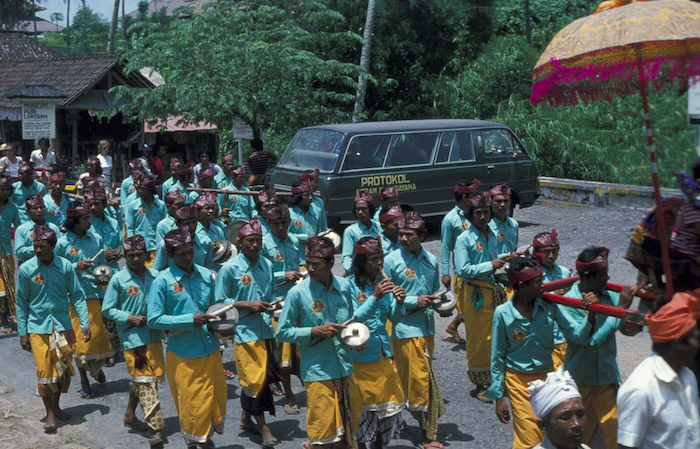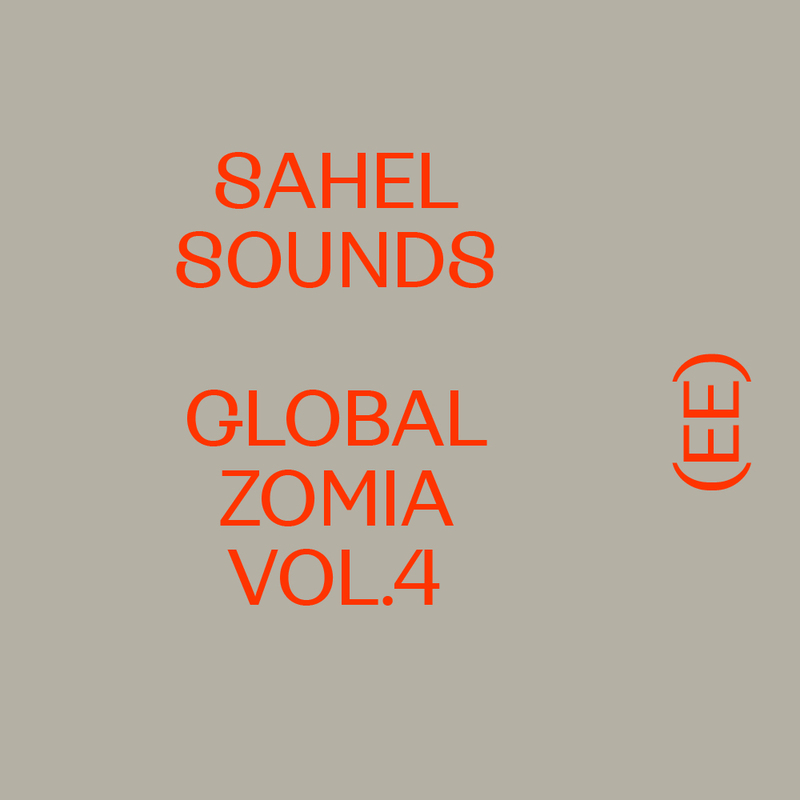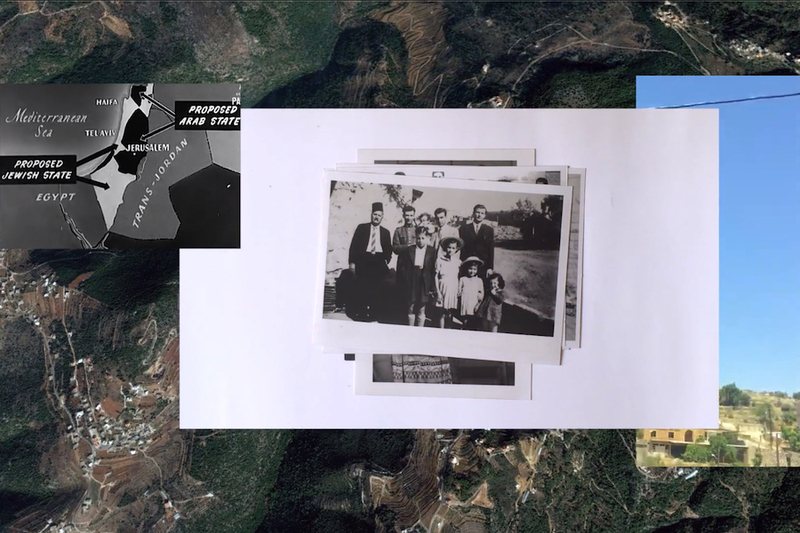The aggregate of soundscapes occupying the island of Bali and its nine regenciesregenciesThe second-level administrative subdivision in Indonesia, immediately below the provinces, and above the districts. suggests a vibrant and complicated cacophonous sociality. Diverse and disparate musics convene on one another in a clash for sonic and ideological space that is contentious yet harmonious. Performances of expressive arts spill over from rice fields to busking streets blurring the lines between sacred and secular. Processionals of clanging metal march down the street and are met with the incongruous rock concert in its periphery. Indigenous Balinese, Indonesian, and expatriate bodies in close quarters—and sonorities demystified as the promise of paradise is conflated. Within this chaos is a music that is deemed essential to Hindu-Balinese cosmology and performed specifically to appease dark or disruptive entities: Baleganjur.
Bali’s history of colonialism and tourism highlights local political agendas that are concerned with creating an ostensible utopia as its global worldview. Many come in search of higher consciousness and a yoga-fed spirituality that is usually predicated on the filtered social media-scape, which too often imposes stereotypical modalities of New Age cosmology. It is complicated by national discourse on sustaining an agrarian "play-state" as it is promoted through the enticing noise of capitalism. Baleganjur is a highly spiritual music that functions in opposition to these worldviews. Yet, the creativity of indigenous communities continues to be a hallmark of Balinese identity and this described ideological noise necessitates an affective comfort for the occupants and stewards of Bali. Baleganjur is music that not only evokes comfort in fulfilling ceremonial duties, but also provokes political ideology as a performative enactment of claiming indigeneity.
The genre is tied to Bali’s military history, in particular the mass ritual suicide, Puputan, which occurred on on September 20th, 1906, the day the regency of Badung (and subsequently, most of Bali) fell to Dutch colonial forces. The rivers of Balinese blood extracted from their own ceremonial daggers were showered by the confetti of jewels as they were thrown toward their colonizers and the bronze from the instruments of the court gamelan was melted in order to minimize the ransack of Balinese cultural artifacts. To these people of Badung, this was not war, this was an apocalypse. War implies a battle; here, hardly any colonizing bodies shed blood and reincarnation seemed unattainable.
W.L.J. van Gessel, CC BY-SA 4.0 / Nationaal Museum van Wereldculturen
The term baleganjur refers to processional gamelan music that is performed in support of Balinese social ideologies and functions. Bala means lines or troops and ganjur means to march. Based on baleganjur’s performativity, I extend the definition to include, “marching in haste with militarized choreography.” Here, I use the term “militarize” to invoke baleganjur’s historical past as a functional music of armed forces, as well as its desired character to embody kepahlawanan (heroism). Whether it is part of the procession with a deceased body to the cremation site (setra); in precisely choreographed competitions of regional pride (lomba); as a point of artistic hybridity with heavy metal communities; or aiding in protest sounds to fight the reclamation of Tanjung BenoaTanjung BenoaA peninsula in the Badung Regency of Bali that is famous for its beaches. There has been ongoing and significant local opposition to a proposed tourism mega-development planned for the area.; baleganjur’s dynamism affords comfort for Balinese people through discursive ontologies of commotion and darkness.
There are many iterations of baleganjur instrumentation. At its core baleganjur requires one or two gong ageng (large-sized gong), one kempul (medium-sized gong), one bende (flat gong), at least four ceng-ceng kopyak (hand cymbals), one kempli or tawa-tawa (hand held gong; time-keeper), one set of bebonangan or reyong (potted knobbed gongs), a pair of ponggang and a pair of kendang (hand drums struck with a mallet). Many baleganjur groups in Bali today expand this primary instrumentation to accommodate the number of performing personnel. Compositions range and vary in complexity but its traditional arrangement is in a form called batel and kalé: a two-beat gong cycle intended to rile up and arouse marchers into excitement. Most of the musicians do not play monophonic rhythms or melodic lines. Rather, they use kotekan (a Balinese interlocking techniqueinterlocking techniqueA musical practice where two musicians play on the opposite beats of one another so that when the two lines “lock” together, it gives the impression of a single composite rhythm and/or melody.) to create highly syncopated rhythms at rapid tempos, with gongs punctuating musical time.
Baleganjur in its traditional and ceremonial context is described as a music that is enacted to rid or disperse evil spirits. The trendy New Age terminology would be “space cleansing.” Indeed, practitioners of baleganjur will often translate an explanation of Balinese cosmologies in these contexts to this effect, but what is often overlooked is that the existence of these disruptive entities is seen as a necessity that maintains social order. Balinese cosmology is predicated on the concept of Rwa Bhineda (binary opposition) and therefore people recognize the need for the existence of the intangible world to coincide with the tangible for the sake of social balance. This philosophy manifests in many East, South, and South-East Asian cultures, yet here, Balinese indigeneity comes to the forefront of praxispraxisRefers to the act of engaging, applying, exercising, realizing, or practicing ideas; often the term is associated with action oriented toward changing society.. Many Balinese people find comfort in engaging with baleganjur’s ostensible noise and boister because it appeases and occupies dark and disruptive entities for the duration of a particular ceremony: it acts to entertain and distract. Thus, disruptive entities are not being dispelled; on the contrary, they are being proactively comforted to keep them at bay.
This cacophony or congregated excitement is what Indonesian peoples refer to as ramé. It serves as the affective agent in comfort and that which is the antithesis to its ominous sibling, silence. Spaces of silence in Hindu-Balinese cosmology tend to be perceived as areas where dark entities are active and occupational. That is, silence invites bhuta kala (entities of eternal time) to interact within the physical space of sentient beings. It is particularly auspicious at physical and temporal crossroads such as life cycle ritualslife cycle ritualsA ceremony to mark a change in a person's biological or social status at various phases throughout life and ceremonies of reorienting physical spacereorienting physical spaceThis could include the construction of a home on new land, the inauguration of a new business, and even renovations to an existing structure.
, as these spaces are where they thrive. During processionals, everyone moves with the baleganjur group behind the primary ceremony where priests and symbolic deities are. If at any time the group is seen as stationary, it is posted in front of temple gate entrances. This is to keep disruptive energies from entering the temple with village members.
Because of the exciting nature that baleganjur provokes, it is an active agent in upholding social traditions and maintaining creativity. Particularly for young men in the village, it is an activity that creates nuanced and intimate relationships with one another. It serves as one of the first spaces in which Balinese boys learn their personal roles in the village community. This includes their first experiences with economic interaction after a long day of busking; their first interactions with social hierarchy (who has the proper character to play which instruments); their first experiences of performing (for both human and non-human audiences). They become the caretakers of this music and of these instruments and the community’s trust in them is established.
But not all uses of baleganjur are entirely cosmological. New developments have made it a space that is prone to artistic hybridization. For example, fusing heavy metal instrumentation with baleganjur sensibilities. This opens up creative paths to converse with many people around the world that are interested in Balinese arts. It creates for a vibrant tradition that holds experimentation at its crux.
Today, baleganjur manifests as many characters and contends with the growing soundscape of Bali. The pictures painted here have only encompassed a small portion of baleganjur and its complexities. While it continues to sustain as a musical practice that is performed all over Bali for a myriad of functions, it is becoming a palpable music of globalization and a music that reorients the necessity to appease disruption.









